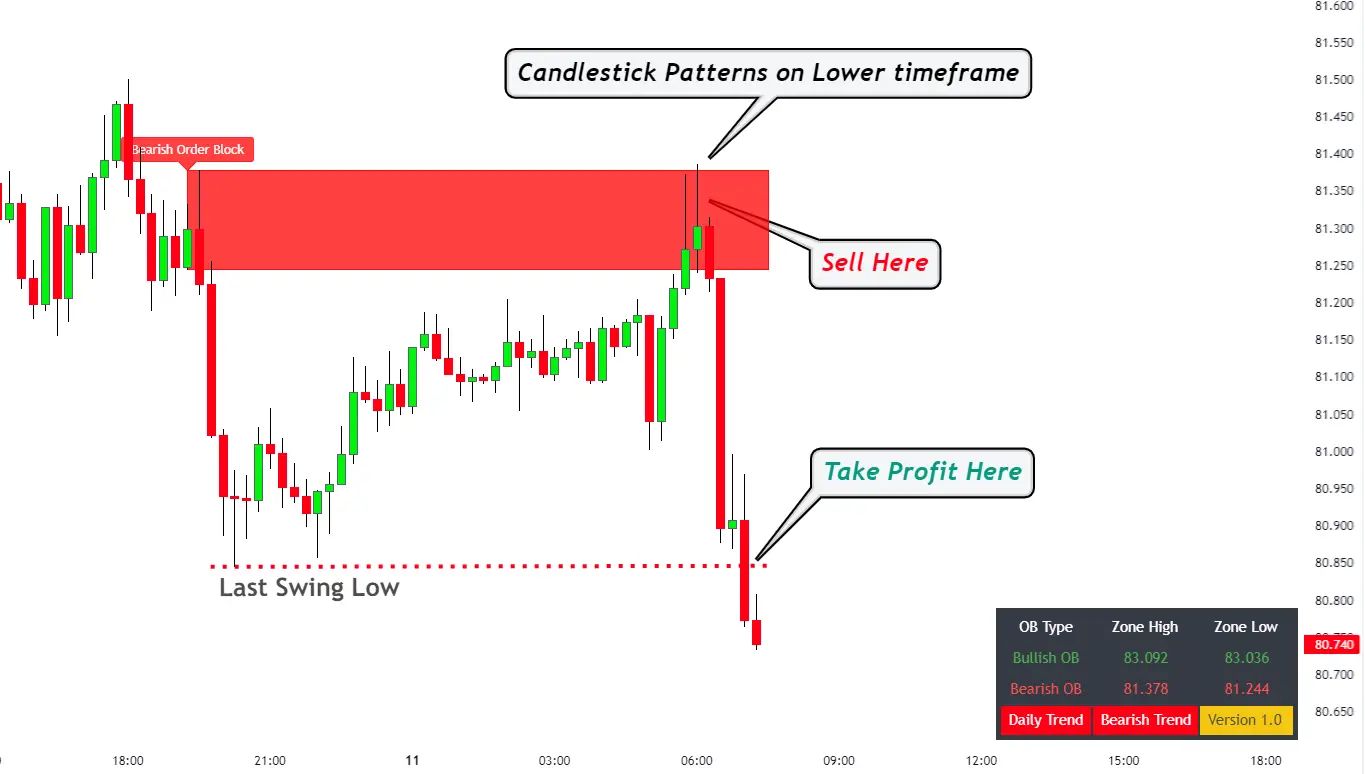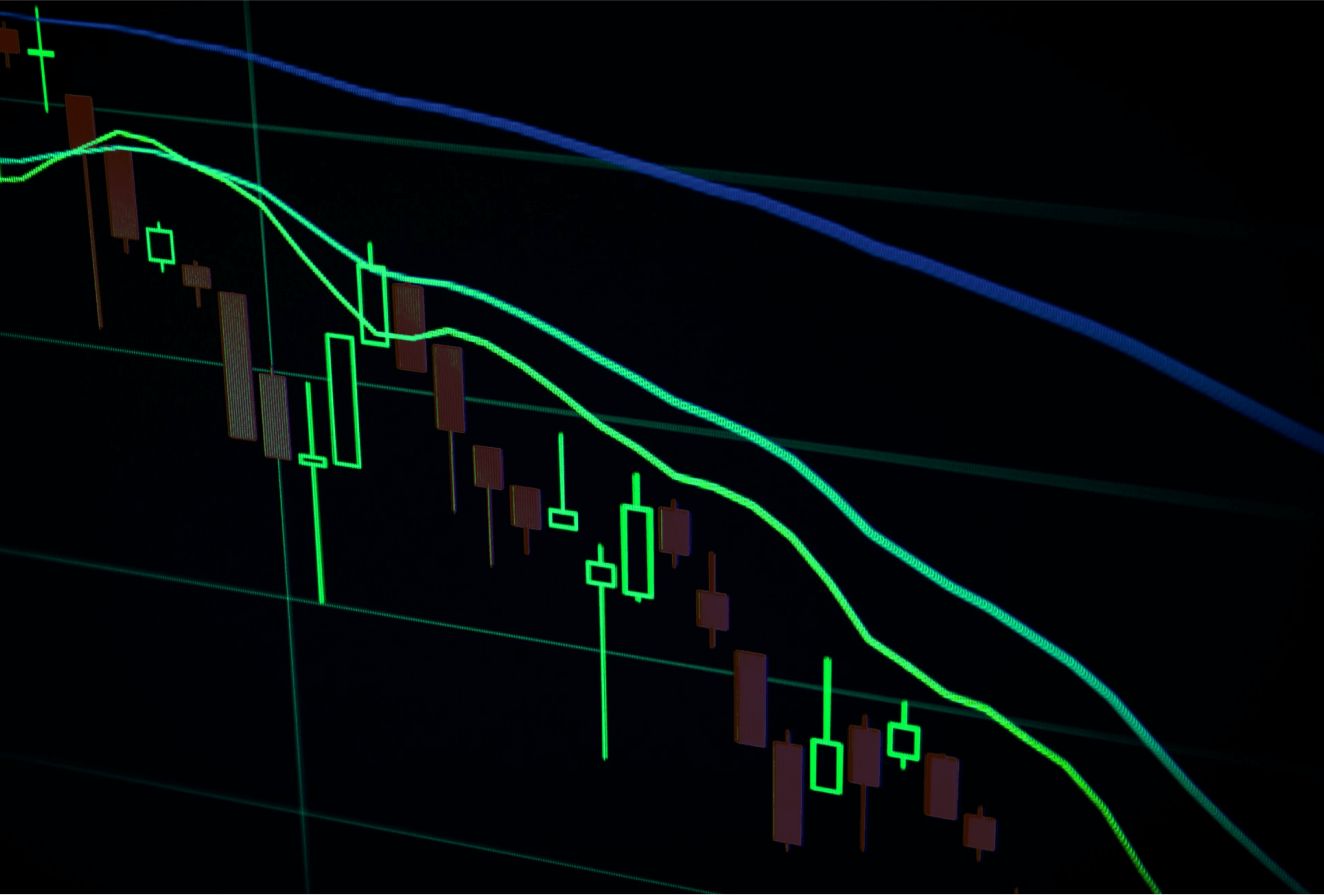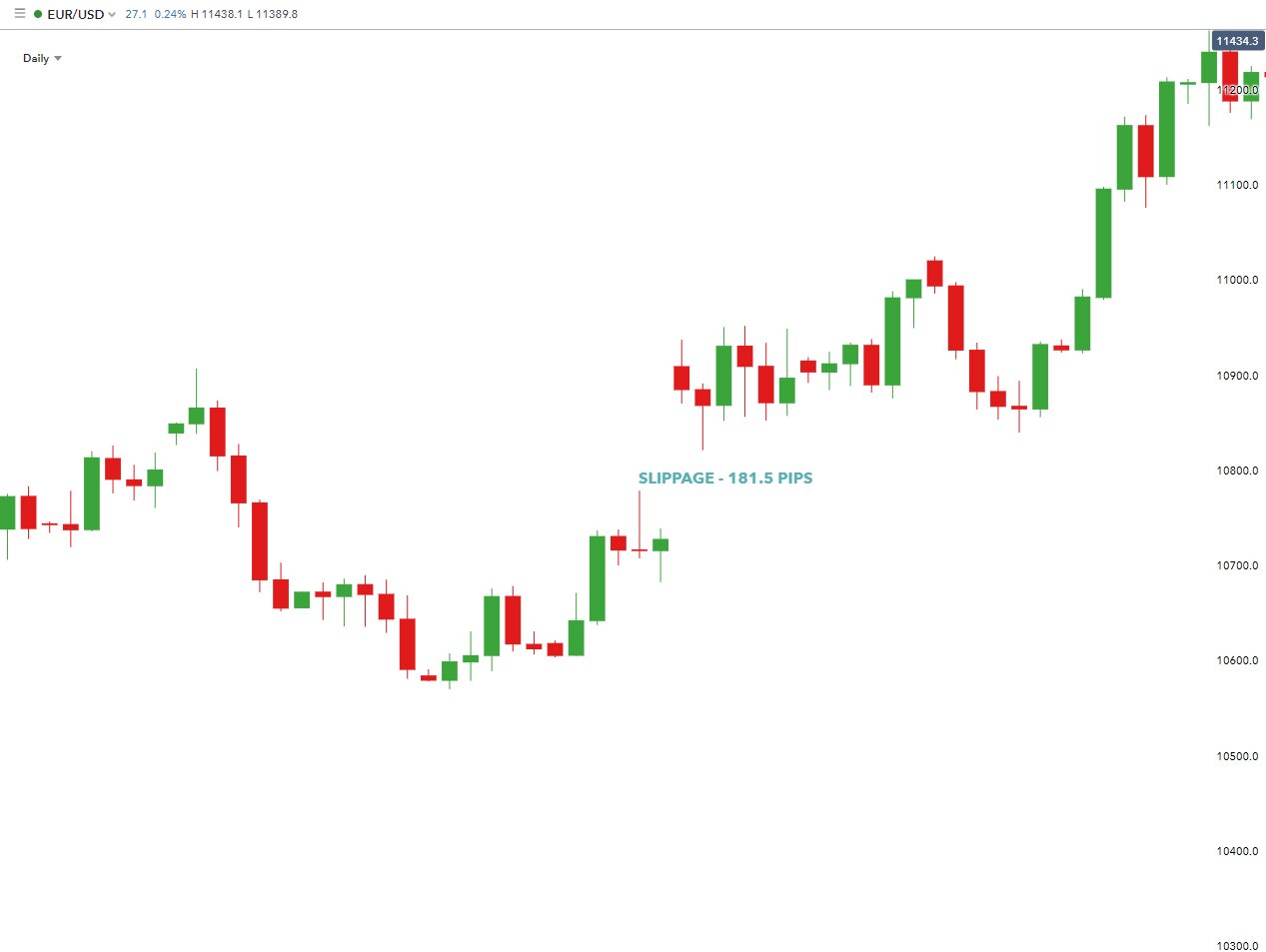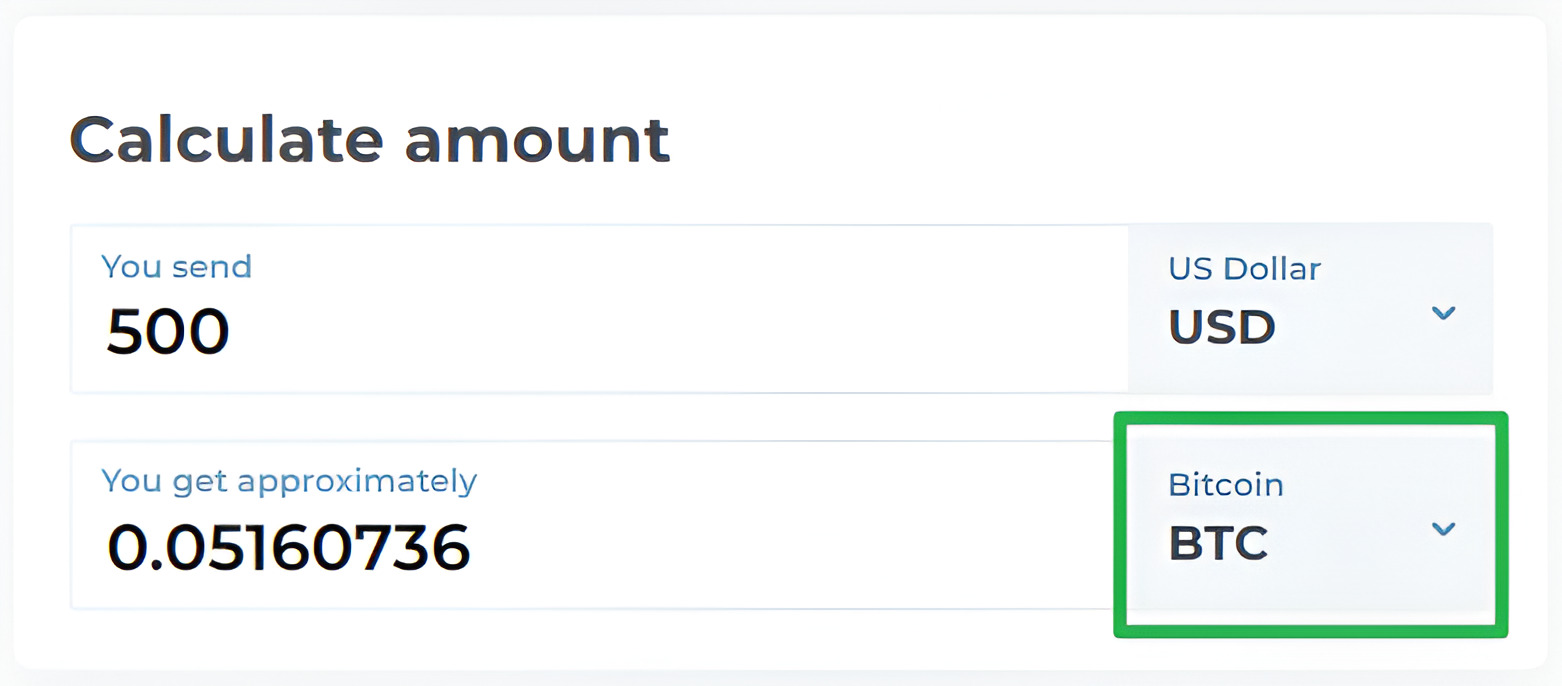Introduction
Trading in financial markets can be a complex and challenging endeavor. Traders employ various strategies and techniques to analyze price movements, identify trends, and make informed trading decisions. One such technique that has gained significant popularity in recent years is the use of order blocks.
Order blocks are an essential concept in trading that allows traders to understand the dynamics of price movement, market structure, and potential trade opportunities. By identifying and analyzing order blocks, traders can gain insights into the buying and selling pressure within the market, helping them make informed trading decisions.
In this article, we will delve deep into the world of order blocks and explore their characteristics, structure, and types. We’ll also discuss the importance of order blocks in trading and provide insights into how traders can identify and trade using order blocks.
Whether you’re a seasoned trader or just starting, understanding order blocks can significantly enhance your trading skills and improve your profitability. So, let’s dive in and explore this powerful tool that can take your trading to the next level.
Definition of Order Blocks
Order blocks are price levels on a trading chart that represent areas where significant buying or selling activity has taken place. These blocks are formed when large orders are executed in the market, creating imbalances in the supply and demand dynamics.
Order blocks act as support and resistance levels, influencing the future price movements in the market. When price approaches an order block, it tends to react to that level, either by reversing or continuing its current trend. This makes order blocks an important tool for traders to identify potential entry and exit points.
When an order block forms, it leaves a footprint on the price chart, indicating the presence of significant market participants. These participants can include institutional investors, banks, hedge funds, or large retail traders. The size and volume of the orders executed within an order block contribute to its significance.
Order blocks can be identified on different timeframes, ranging from intraday charts to weekly or monthly charts. However, it is common for traders to focus on order blocks on higher timeframes, as they tend to have a stronger impact on the market. This is because larger institutional orders and market players often operate on longer timeframes.
Understanding order blocks requires analyzing the price structure and market context. Traders need to look for specific patterns, such as consolidation areas, range-bound price movements, or strong breakouts, to identify potential order blocks. By recognizing these price patterns and understanding the underlying order flow, traders can gain valuable insights into the future direction of the market.
In the next section, we will explore the characteristics that define order blocks and discuss their significance in trading.
Characteristics of Order Blocks
Order blocks have distinct characteristics that make them stand out on a price chart. By understanding these characteristics, traders can effectively identify and analyze order blocks to make more informed trading decisions. Let’s explore the key attributes of order blocks:
- Imbalance of supply and demand: Order blocks form due to a significant imbalance between supply and demand in the market. When a large order is executed, it absorbs liquidity and creates a vacuum, leaving a traceable footprint on the chart.
- Strong support or resistance levels: Order blocks act as strong support or resistance levels. When price approaches an order block, it tends to react to that level, either by reversing or continuing its current trend. Traders often look for these levels to determine potential trade entries or exits.
- Significant price rejections: Order blocks are characterized by price rejections or sharp price movements. When price reaches an order block, it may experience a swift reversal or a strong breakout, indicating the presence of strong buying or selling pressure.
- Volume and liquidity: Order blocks are often associated with high trading volume and liquidity. The execution of large orders within these blocks suggests the involvement of institutional traders or other market participants with substantial buying or selling power.
- Long-lasting impact: Order blocks can have a long-lasting impact on the market as they represent areas of significant market interest. Price tends to respect these levels even after some time has passed, making them relevant for future trading decisions.
By recognizing these characteristics, traders can effectively identify order blocks on their charts. This understanding helps them anticipate potential price reactions, plan entry and exit levels, and manage risk in their trading strategies.
Now, let’s move on to the next section where we will discuss the structure of order blocks in more detail.
Structure of Order Blocks
Order blocks have a distinctive structure that traders can use to identify and interpret their significance on a price chart. Understanding the structure of order blocks is crucial for effectively utilizing them in trading strategies. Let’s explore the key elements of the structure:
- Consolidation phase: Order blocks often form during consolidation phases in the market. These are periods where price moves within a narrow range, indicating a temporary balance between buyers and sellers. The consolidation phase can be seen as a compression of energy before a potential breakout or reversal.
- Range expansion: After the consolidation phase, order blocks are characterized by a sudden range expansion. This range expansion can occur in the form of a sharp rally or a strong decline in price. The magnitude of the range expansion reflects the strength of the buying or selling pressure within the order block.
- Price retest: Once the range has expanded, it is common for price to retest the order block. This retest serves as a confirmation of the support or resistance offered by the order block. Traders often look for price rejections or price action signals during the retest to validate their trading decisions.
- Breakout or reversal: Based on the price reaction during the retest, an order block can lead to either a breakout or a reversal. If price breaks out above the order block, it suggests a continuation of the previous trend. On the other hand, if price fails to break out and reverses, it indicates a potential reversal in the market.
The structure of order blocks provides valuable insights into the potential direction and strength of price movements. By recognizing these elements, traders can anticipate breakouts, reversals, and potential trade setups with greater accuracy.
In the next section, we will explore the different types of order blocks that traders commonly encounter in the market.
Types of Order Blocks
Order blocks can take various forms on a price chart, each with its own characteristics and implications for trading. By understanding the different types of order blocks, traders can gain insights into the market dynamics and make more informed trading decisions. Let’s explore the common types of order blocks:
- Supply Order Blocks: Supply order blocks form when there is a significant concentration of sell orders in the market. These blocks typically occur at resistance levels and indicate a price level where sellers outnumber buyers, leading to a potential reversal or a strong pullback in price.
- Demand Order Blocks: Demand order blocks form when there is a significant concentration of buy orders in the market. These blocks typically occur at support levels and indicate a price level where buyers outnumber sellers, creating a potential reversal or a strong bounce in price.
- Profit Taker Order Blocks: Profit taker order blocks occur when institutional traders or large market participants exit their positions. These blocks can be seen as areas of profit booking, leading to potential price reactions or consolidation in the market.
- Stop Loss Order Blocks: Stop loss order blocks are formed when a significant number of traders’ stop loss orders are clustered at a particular price level. These blocks can act as support or resistance levels and can lead to price reversals or breakouts when triggered.
It’s important to note that while these are common types of order blocks, the market can also exhibit unique variations and combinations of these blocks. Traders should adapt their analysis and trading strategies to identify the specific types of order blocks relevant to the market they are trading.
Understanding the different types of order blocks enhances traders’ ability to anticipate potential price movements, plan their entries and exits, and manage risk effectively. In the next section, we will discuss the importance of order blocks in trading and how traders can benefit from incorporating them into their strategies.
Importance of Order Blocks in Trading
Order blocks play a crucial role in trading analysis and decision-making. By understanding their importance, traders can gain a competitive edge in the market and improve their trading performance. Let’s explore why order blocks are significant in trading:
- Identification of key support and resistance levels: Order blocks act as strong support and resistance levels on a price chart. By identifying these levels, traders can have a clear reference point for potential trade entries and exits. This helps in setting profit targets and stop-loss levels effectively.
- Insight into market structure and dynamics: Order blocks provide insights into the underlying market structure and dynamics. By analyzing the formation and behavior of order blocks, traders can understand the balance of supply and demand, market sentiment, and potential areas of price reversals or breakouts.
- Confirmation of price action signals: Order blocks can serve as confirmation for price action signals. When a price action signal aligns with an order block, it strengthens the validity of the trading setup. This combination of technical analysis techniques increases the probability of successful trades.
- Enhanced risk management: Incorporating order blocks into trading strategies allows for better risk management. By identifying key order block levels, traders can set tighter stop-loss levels, reducing potential losses. Additionally, understanding the potential reactions at order blocks can help traders adjust their position sizes accordingly.
- Improved trade entries and exits: By utilizing order blocks, traders can fine-tune their trade entries and exits. Waiting for price to reach an order block before entering a trade or taking profits increases the likelihood of a favorable outcome. This disciplined approach improves trading accuracy and profitability.
In summary, order blocks are vital for traders as they provide key information about support and resistance levels, market structure, and potential price behavior. By incorporating order blocks into their analyses, traders can make more informed trading decisions and improve their overall trading performance.
In the next sections, we will explore how traders can identify order blocks and effectively trade using this valuable tool.
How to Identify Order Blocks
Identifying order blocks is a crucial skill for traders looking to enhance their technical analysis. While there is no foolproof method for identifying order blocks, there are several techniques that traders can use to increase their accuracy in recognizing these significant price levels. Here are some key strategies to identify order blocks:
- Price rejection and consolidation: Look for areas where price has experienced significant rejections or consolidations. These areas indicate a potential order block formation, as they suggest a conflict between buyers and sellers and a possible imbalance in supply and demand.
- Support and resistance levels: Identify strong support and resistance levels on the price chart. These levels often correspond to order blocks, as they represent areas where substantial buying or selling activity has taken place. A break above or below these levels can signal the presence of an order block.
- Volume analysis: Pay attention to high trading volumes that accompany significant price moves. Large volumes often indicate the participation of institutional traders or other significant market players. When combined with price rejections or consolidation, high volume can suggest the presence of an order block.
- Price action patterns: Analyze price action patterns that indicate potential order block formations. These patterns can include price consolidations, range breakouts, or reversal candlestick patterns. By observing such patterns, traders can identify areas where order blocks may have formed.
- Market structure analysis: Study the overall market structure on higher timeframes. Look for areas of accumulation or distribution, as they often precede the formation of order blocks. A market structure analysis helps traders identify potential levels where order blocks may exist.
Remember that identifying order blocks requires practice and experience. It is essential to combine multiple techniques and tools to increase the reliability of your order block identification. Additionally, patience and discipline are necessary traits for waiting for confirmation and valid setups before entering trades based on order blocks.
In the next section, we will discuss how traders can effectively trade using order blocks and incorporate them into their trading strategies.
How to Trade Using Order Blocks
Trading using order blocks involves utilizing these significant price levels as a tool to make informed trading decisions. By incorporating order blocks into their strategies, traders can identify potential entry and exit points, manage risk effectively, and improve their overall trading performance. Here are some key steps to trade using order blocks:
- Identify order blocks: Utilize the techniques mentioned earlier to identify order blocks on your price chart. Look for areas of strong support or resistance where price has experienced significant rejections, consolidations, or breakout movements. These areas indicate potential order blocks.
- Confirm with additional analysis: Once potential order blocks are identified, validate them with other technical indicators or price action confirmation. Look for confluence with trendlines, moving averages, or other support and resistance levels. The more confirmations you have, the stronger the order block becomes.
- Plan entry and exit strategies: Use order blocks to plan your trade entries and exits. If price approaches a supply order block, consider shorting or exiting long positions. Conversely, if price approaches a demand order block, consider buying or exiting short positions. Set your stop-loss levels just beyond the order block to manage risk effectively.
- Apply appropriate risk management: Incorporate proper risk management techniques when trading with order blocks. Determine the appropriate position size based on your risk tolerance and set stop-loss levels based on the distance from the order blocks. Adjust your position size according to the risk-reward ratio of each trade.
- Monitor price behavior: Once a trade is initiated, closely monitor price behavior around the order block. Look for further confirmation through price action signals, candlestick patterns, or indicators. Consider trailing your stop-loss level as price moves in your favor to protect profits.
- Review and adjust: Regularly review your trades and analyze the effectiveness of your order block trading strategy. Assess your risk management, entry and exit points, and overall profitability. Adjust your approach as necessary based on real-time market conditions and your own trading experience.
Keep in mind that order blocks are just one tool in your trading arsenal. It is important to combine them with other technical analysis techniques and indicators to form a comprehensive trading strategy. Continuously educate yourself, backtest your strategies, and practice trading to refine your skills in using order blocks effectively.
In the concluding section, we will summarize the main points discussed and highlight the value of incorporating order blocks into your trading approach.
Conclusion
Order blocks are a powerful tool in a trader’s arsenal, providing valuable insights into market dynamics and potential trading opportunities. By understanding the characteristics, structure, and types of order blocks, traders can enhance their technical analysis and make more informed trading decisions.
Identifying order blocks requires practice and experience, using techniques such as analyzing price rejections, support, and resistance levels, volume analysis, and market structure observation. It is crucial to confirm the presence of order blocks with additional analysis and indicators, increasing the reliability of trading setups.
When trading with order blocks, proper risk management is vital. Planning appropriate entry and exit strategies, setting stop-loss levels, and adjusting position sizes are crucial to managing risk effectively. Monitoring price behavior and continually reviewing and adjusting your trading strategy are essential for long-term success.
Incorporating order blocks into your trading approach can significantly improve your trading performance. By using order blocks to identify potential trade setups, traders can increase their accuracy, better manage risk, and enhance their overall profitability.
Remember, trading is a continuous learning process. Keep honing your skills, adapting your strategies to changing market conditions, and staying disciplined in your approach. Combine order blocks with other technical analysis tools and indicators to form a comprehensive trading strategy that suits your trading style and objectives.
Now that you have a solid understanding of order blocks and their importance in trading, take the time to apply this knowledge in your trading journey. The insights gained from analyzing and trading with order blocks can greatly enhance your trading skills and increase your chances of success in the dynamic world of financial markets.

























